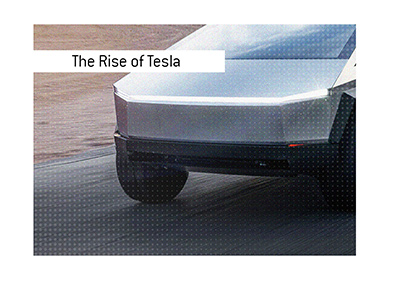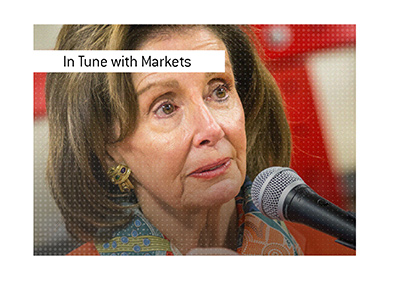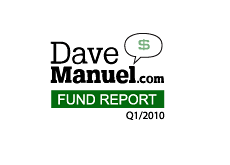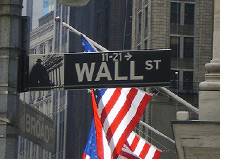A Number of Factors Likely To Blame for Move
 In case you have been living under a rock, Tesla's shares have been on a massive tear.
In case you have been living under a rock, Tesla's shares have been on a massive tear. It was less than a year ago when Tesla was being dogged by bankruptcy rumors. Numerous high-level executives had left, a number of odd moves were undertaken in order to cut costs (including the rapid shuttering and subsequent re-opening of Tesla stores) and the stock dipped below the $200 level. There were rumors of a margin call against Elon Musk. There were defamation lawsuits against Musk, the Saudis liquidated their shares, there were rumors that the company was unable to raise capital - the list goes on and on.
The turning point for Tesla likely came when they raised a round of capital in the second half of 2019. This dispelled a number of the rumors that the company no larger had access to capital markets. This was a large part of the case being made by short sellers.
The major turning point for the stock, however, came when Tesla reported a surprise Q3 profit in October of 2019. The cost cutting measures had worked. The company hadn't hit a "demand cliff". The company had raised money. Many of the most popular theories espoused by short sellers were evaporated overnight.
This started a massive run in shares of Tesla that continued into early this week. At the time of the surprise profit, Tesla's shares were trading for around $250.
Short sellers were caught off-guard by the profit announcement, and they continued to hold on as the shares soared higher.
They were likely hoping that Q3/2019 was a one-off, and that the company would return to their money-losing ways for Q4/2019. Wrong again, as Tesla reported another profit. Now, short sellers were left to come to terms with the fact that Tesla was possibly a structural profitable company now.
In addition, Tesla sales came in stronger than anticipated, wiping out the theory of the company hitting a demand cliff.
-
Shares, however, went really nutty after the company's Q4 report, trading from about $600 to nearly $1,000 a share in less than a week. For a company that is now valued at roughly $100 billion, that is an enormous move.
Was it institutional buying? Short covering? What was going on?
There are several theories about what happened. There is no doubt that speculators, retail short selling covering and some continued institutional buying helped contribute to the rise.
The biggest factor, and I can say this with near-certainty, was some very big short sellers (hedge funds) getting their positions liquidated.
Let's lay out a dirty little secret about the hedge fund industry - if a fund is in trouble, everybody knows. EVERYBODY.
So let's say that a hedge fund or two is upside-down in their Tesla short position and are in very real danger of being forced to cover. Let's say that the price level at which they MUST start covering is $700/share.
This information will almost certainly get out. Now, let's say that the rest of the hedge fund industry knows that you are on the ropes, and let's say that the stock is trading at $650/share currently.
If you are a hedge fund that is not short Tesla, what are you going to do in this situation? You are going to buy, buy and buy some more. Word of the buying is going to spread. Pretty soon, the entire hedge fund industry is circling like vultures, wanting to blow up the funds that are short Tesla and in trouble. This happens often.
Retail investors only control so much money. Conservative institutional investors are likely going to be hesitant about buying shares of a company that is up 200% in less than a year.
No, the buying that occurred during the week of February 3rd, 2020 was largely a combination of forced short covering and hedge funds looking to punish the funds that were short and in trouble.
As mentioned, retail speculators, etc. helped contribute to the rise, but the real reason behind the parabolic move was almost certainly several large short sellers getting margin called.
Filed under: Stock Market Education



